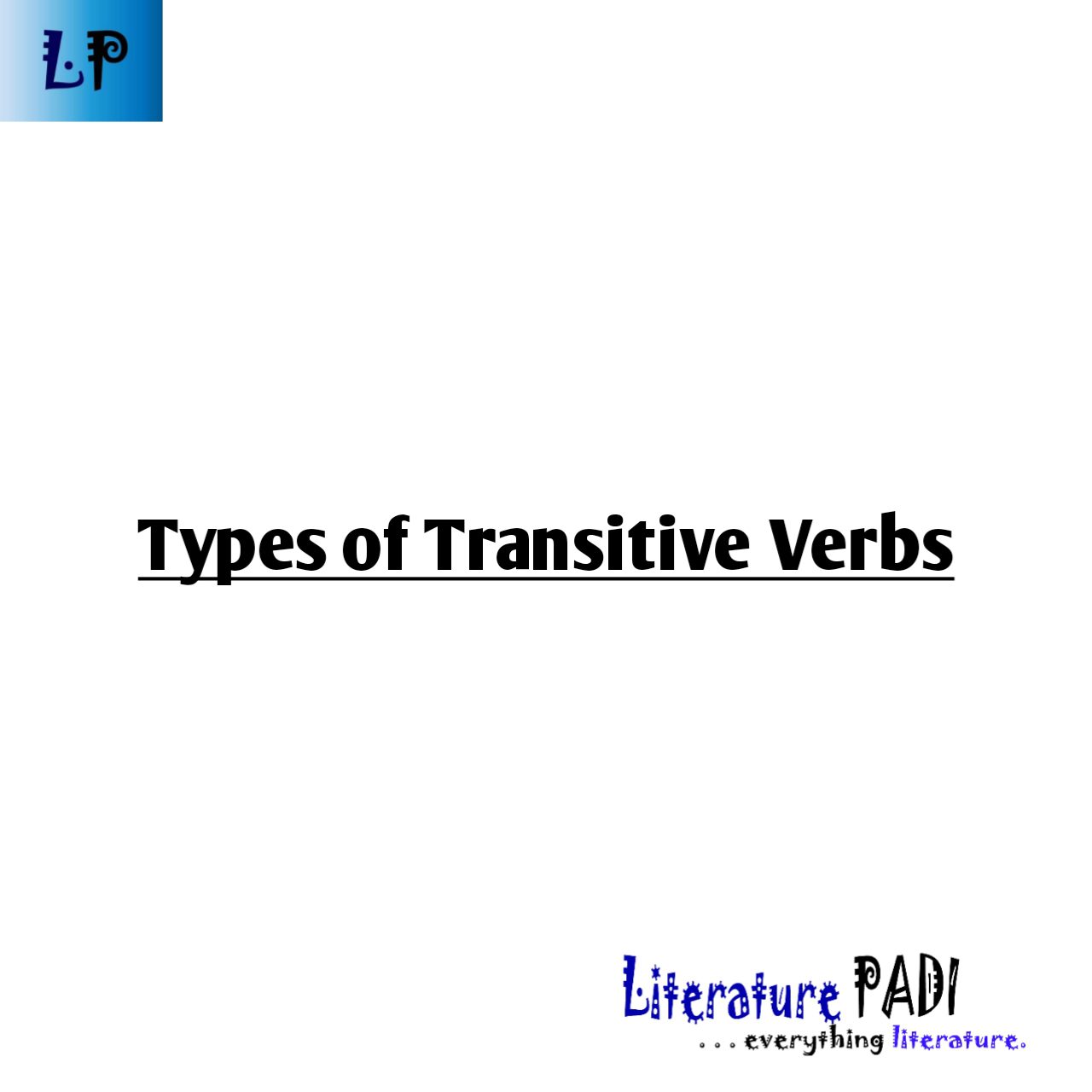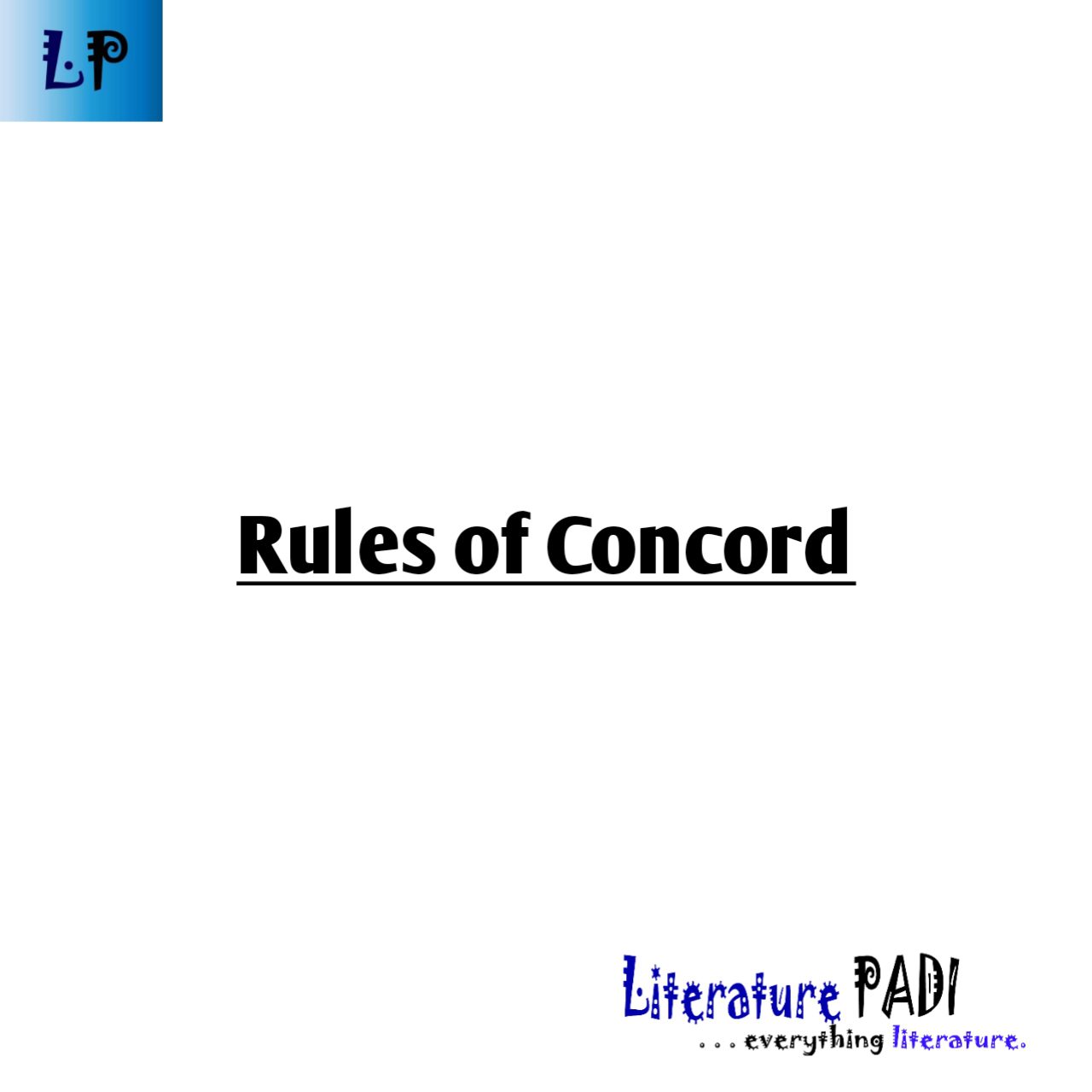There are three main subtypes of “Yes/No Questions” distinguished according to the different ways they are formed from the corresponding statements. The three types are:
- Statement Questions
- Yes/No Questions Proper
- Tag Questions
Statement Questions
These have the same form as the corresponding statements; except that in writing, they end with a question mark and in speech, they have a rising intonation. Examples:
- (a) The children are hungry. (statement)
- (b) The children are hungry?
- (a) They have eaten nothing. (statement)
- (b) They have eaten nothing?
Yes/No Questions Proper
To form the yes/no question proper, we need to move the operator before the subject at the beginning of the question so as to give the sentence a rising intonation. By operator, we mean the only auxiliary or the first of two or more auxiliaries in a verb phrase used as the predicator.
- (a) The children are (operator) eating in the dark. (statement)
- (b) Are the children eating in the dark? Yes they are. No, they are not.
- (a) There are some children eating in the dark. (statement)
- (b) Are there some children eating in the dark?
- (a) The children will (operator) have been eating in the dark.
- (b) Will the children have been eating in the dark?
- (a) The children eat in the dark. (no operator)
- (b) Do the children eat in the dark? (Use of special auxiliary “do”)
Tag Questions
The following are examples of tag questions:
- You are leaving now, [are you not (full negator)/aren’t you? (reduced negator]
- The children are not leaving now, are they?
- Daddy will be coming for them, won’t he?
These are the points to note as regards tag questions:
(a) A tag question consists of the operator or a pronoun subject, and it is attached (tagged on) to the end of a statement.
(b) In the tag question, the operator always comes before the subject and it is the same as the operator in the preceding statement.
(c) The reduced negator (n’t) is affixed to the operator in the tag but the unreduced negator (not) follows the subject.
(d) The pronoun subject of the tag repeats the subject of the statement or substitutes appropriately for it.
(e) The tag is usually negative if the statement is positive while the tag is usually positive if the statement is negative.
The intonation in which the tag is uttered determines the special meaning it carries. There are two man possibilities:
(1) The tag as well as the statement may be uttered in a falling intonation, e.g.
- You are leaving now ↘ aren’t you ↘
(2) The statement has a falling intonation while the tag has a rising intonation, e.g.
- You are not leaving now ↘ are you ↗
Here, the tag genuinely asks for the truth (it asks if the statement is true or false).
 WHATSAPP: Click HERE to join the new Literature PADI WhatsApp group to receive latest updates on your phone and for further literary discussions!
WHATSAPP: Click HERE to join the new Literature PADI WhatsApp group to receive latest updates on your phone and for further literary discussions!











